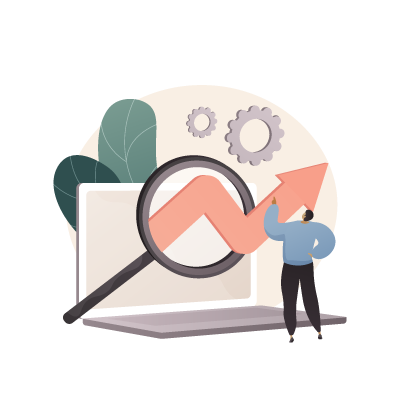Attract, engage and sell: make it your mantra online
The inbound methodology sets the 4 key online actions that must be carried out by the website:
ATTRACT by bringing in traffic of new, interested visitors
INVOLVE by generating new leads from this traffic
SELL by closing opportunities, acquiring new satisfied customers
ANALYZE knowing what works and what doesn't
At the heart of the methodology is a closed-loop process driven by numbers that measures and analyzes all marketing activities to know which ones are most effective and understand which one has the merit of contributing to the sales result.









